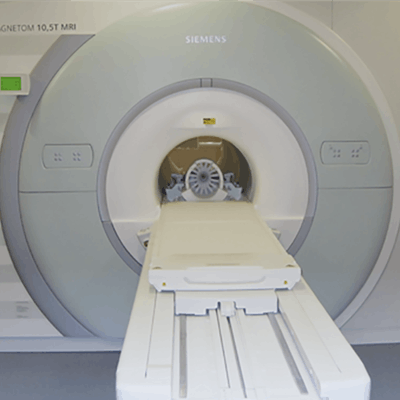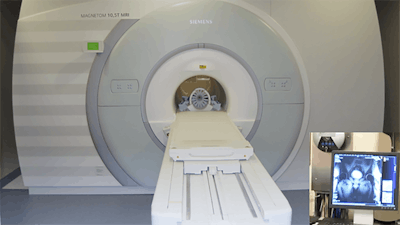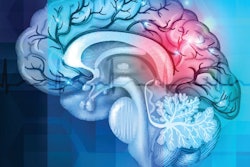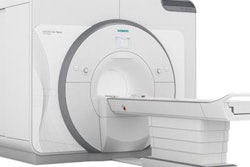
Researchers at the University of Minnesota's Center for Magnetic Resonance Research (CMRR) are breaking new ground by performing the first whole-body 10.5-tesla MRI scans on humans.
The project was launched in 2008 with the aid of an $8 million grant from the U.S. National Institutes of Health (NIH). The magnet was built in the U.K. and shipped across the Atlantic Ocean and through the Great Lakes to Duluth, MN. It was then shipped over land on a specialized trailer to the CMRR building on the Twin Cities campus.
 The 10.5-tesla MRI scanner is housed at the Center for Magnetic Resonance Research. Image courtesy of the CMRR.
The 10.5-tesla MRI scanner is housed at the Center for Magnetic Resonance Research. Image courtesy of the CMRR.CMRR researchers have worked on how to cool the conductors below the required liquid helium temperature of -455° F or -270° C, as well as how to configure the device's complex electronics. They also conducted animal studies to ensure the scanner's safe use for humans.
The scanner (Magnetom 10.5T, Siemens Healthineers) is able to image the entire body, but its main focus will be the brain. In addition to the initial NIH grant, the CMRR researchers also received a five-year, $9.7 million grant from the NIH Brain Initiative to develop the next generation of brain imaging techniques with the scanner.
Also, by studying how the body works, clinicians can contribute to the development of treatment options for a range of diseases, including heart disease, diabetes, and cancer.
"This is an instrument with which we want to push the boundaries of imaging brain function," said Kamil Ugurbil, PhD, director of the CMRR and a professor of medicine, neuroscience, and radiology at the university's medical school.



.fFmgij6Hin.png?auto=compress%2Cformat&fit=crop&h=100&q=70&w=100)




.fFmgij6Hin.png?auto=compress%2Cformat&fit=crop&h=167&q=70&w=250)











